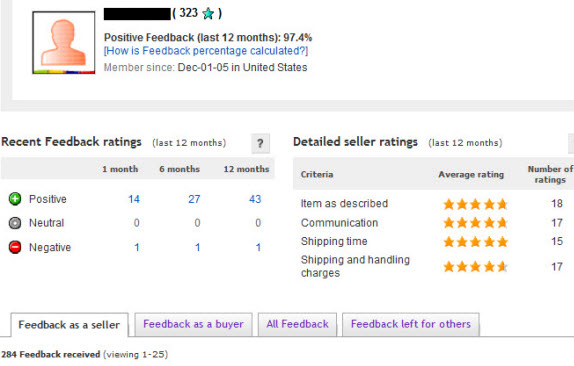eBay reminds us that status counts
In the ever involving world of marketing, gamification has come to be regarded as one of the most effective and profitable methods in use today. Granting brands the ability to have a greater influence on consumer behavior, it is an effective strategy for garnering long term consumer interest. In recent years the trend towards employing gamification has been on the increase. While more and more companies are utilizing this relatively new method of engaging its customers, many have already implemented it into their marketing strategy and seen tremendous benefits.
One such company that has been successfully using gamification for years is eBay, the internet’s number one auction site. With its highly effective bidding method, it has made a game of buying and selling. Competition is the key in eBay’s world as bidders are challenged to be the “best” player by eventually outbidding their opponent (other bidders). The competitive rush that bidders seem to get from continuously betting higher amounts of money on a desired item has proven to be extremely profitable for eBay.
While it is possible for consumers to make similar purchases using more traditional style classified ads, perhaps finding even better deals, eBay’s auction style platform has proven to be more convenient, efficient and entertaining for a majority of people. When it is all said and done, the best player is determined by placing the highest bid.

eBay’s gamification strategy also rewards its sellers. Those who choose to sell items on eBay are reward via feedback. A colored star rating system, based on positive feedback, motivates sellers to provide quality products and customer service to their customers in an effort to achieve certain levels. As sellers receive more and more positive feedback they progress through eBay’s ranking system. The higher the ranking the more trustworthy and reliable the seller is thought to be.
eBay’s utilization of gamification is one of the earliest examples of this marketing method as a means of doing business. Not only are consumers able to purchase the item they want but they get to “win” while doing so. eBay’s approach to eCommerce has revolutionized the online shopping experience just like gamification is beginning to bring about reformation in business, education and a variety of other fields.









I apologize if this sounds overly negative or insulting, but are you indeed crediting gamification for the success of an auction house? The buyer and seller profile features I do agree upon, but the age old way of trading, auctioning? I’m sorry, but I cannot agree that the act of setting the highest bid would be the reason for coming back. Getting stuff cheaper than off the shelf, finding rare stuff or supporting recycling of stuff, those are motivations that in my opinion would highly come first, instead of just throwing money to win.
Now, I do have to mention that I’m far away from being a gamification expert, more so a fresh graduate from a tech. university. So I do not intend to show off or point fingers, but instead I would ask for an explanation, in case I read this completely wrong.
Hey Maija,
I don’t think Kevin is asserting gamification is the sole reason for eBay’s success. He’s just looking at eBay’s successful competitive elements as an important part to many gamified strategies.
Auctions have always been awesome because of its fun, fast-paced, and quick-feedback system.
This seems like a bit of a stretch. Using stars and feedback doesn’t really add gamification elements, in my mind. It’s adding stars and feedback. There isn’t really any gameplay/rewards/ or game-like elements there. Accumulating feedback, IMHO, doesn’t really parallel game-like scoring. Sorry.
Great article. I reference eBay often as a an early example of gamification.
Great piece, Kevin — ebay is a great example of gamification that is integrated so organically that it doesn’t immediately stand out as a “gamification” strategy. I think this more subtle approach, as opposed to badge vomiting, is what the best applications of gamification should look like.
I love this article! Nice read!